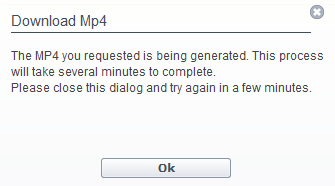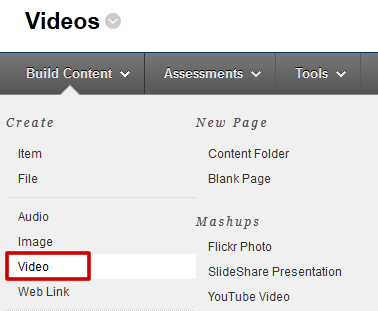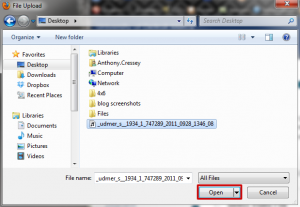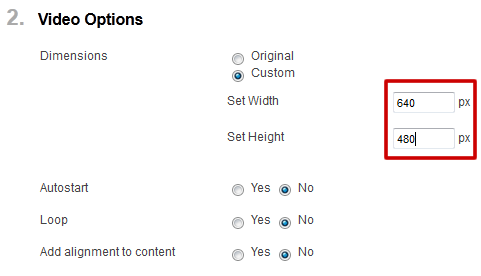Applicable to both students and faculty .
Although we highly encourage you to write in a word processor such as Microsoft Word and save a local copy of what you post in Blackboard, copying / pasting from Word into any Blackboard text field can cause problems. This issue may arise when pasting into announcements, items, test questions, discussion boards, blogs, journals, Grade Center feedback — anywhere you find a text editor box (with options like bold, italic, etc), this issue may arise.
You may not even notice right away when you’re having the problem. MS Word documents contain invisible code that determines how the document is formatted. When you highlight a section of a Word document you capture that invisible code as well. The problem occurs when you capture some but not all of that invisible code, then paste the partial code into Blackboard. When you submit a page with partial code, the resulting Blackboard page may display information incorrectly — either visibly (with page elements nesting improperly) or invisibly (with form fields like test question selectors not functioning properly).
You can do one of three things to help prevent this from happening, giving everyone in the course a better browsing experience.
1. Instead of using MS Word, try using a basic text editing program such as Notepad (for PC), or Textedit (for Mac).
OR
2. Make sure you capture ALL of the invisible code! The best way to do this is to open up your Word file, then press (CTRL + A) on your keyboard to SELECT ALL, then (CTRL + C) to COPY the document. This makes sure all the invisible formatting code is copied. Then you can move to Blackboard, click into the area you wish to paste, then press (CTRL + V) to paste. This method will ensure that at least you have all of the invisible background code, versus partial code which has the potential to make things not work right.
OR
3. Highlight the text you want to copy in your Word file, then copy it (CTRL + C). Go to Blackboard, then to the place you wish to paste your text, place your cursor in the box and paste (CTRL + V). Once your document is in the text editor space, highlight everything by pressing (CTRL + A) to select all, then use the “Remove Formatting” option in the WYSIWYG (What You See Is What You Get) tools. You can find it on the right side of the top row of icons.
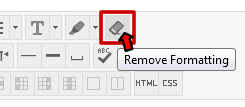
The nice thing about option #3 is it keeps the original formatting, but cleans up all of the bad background code.
When you get done, click “Submit” to save/post your work to Blackboard.



